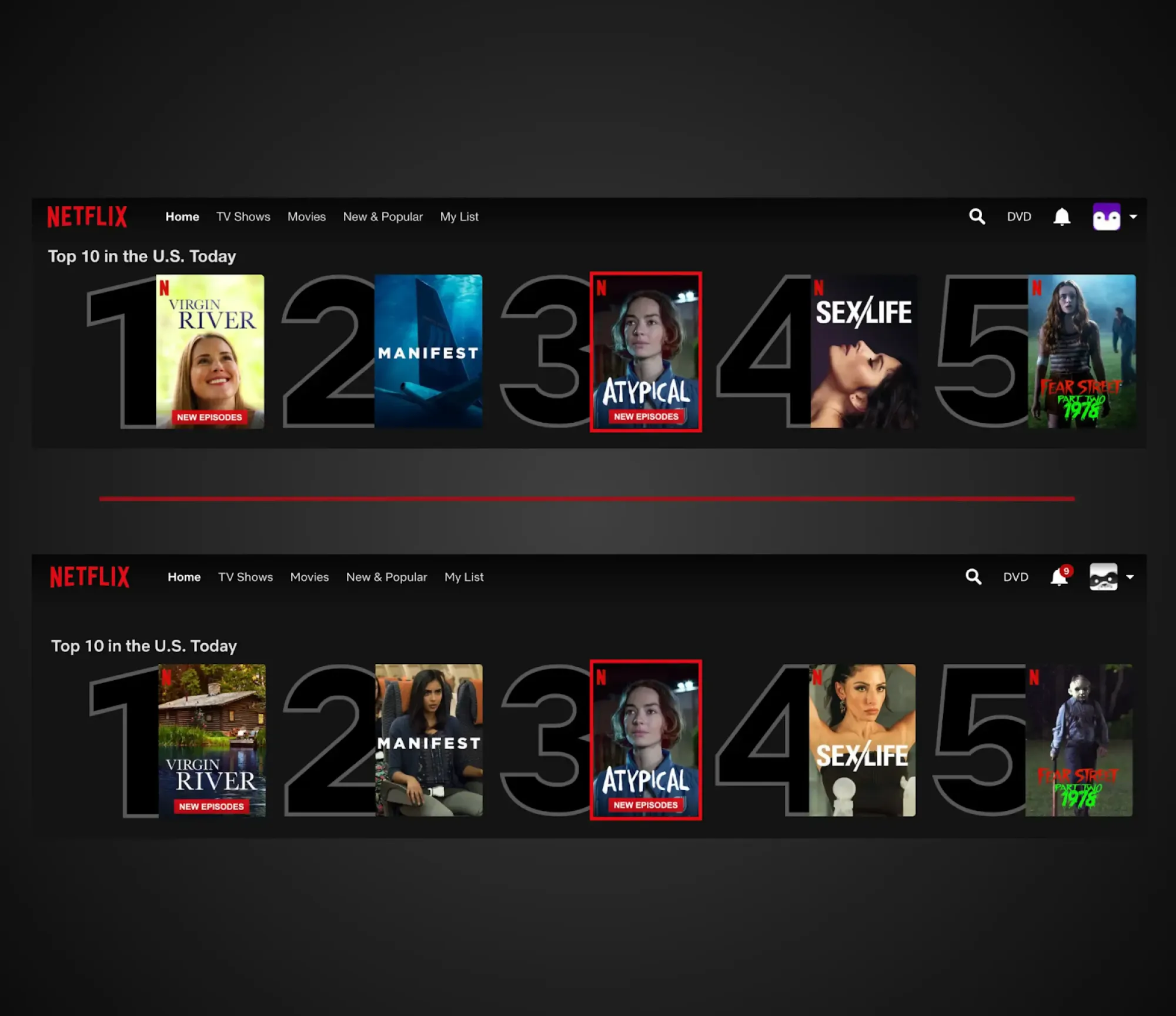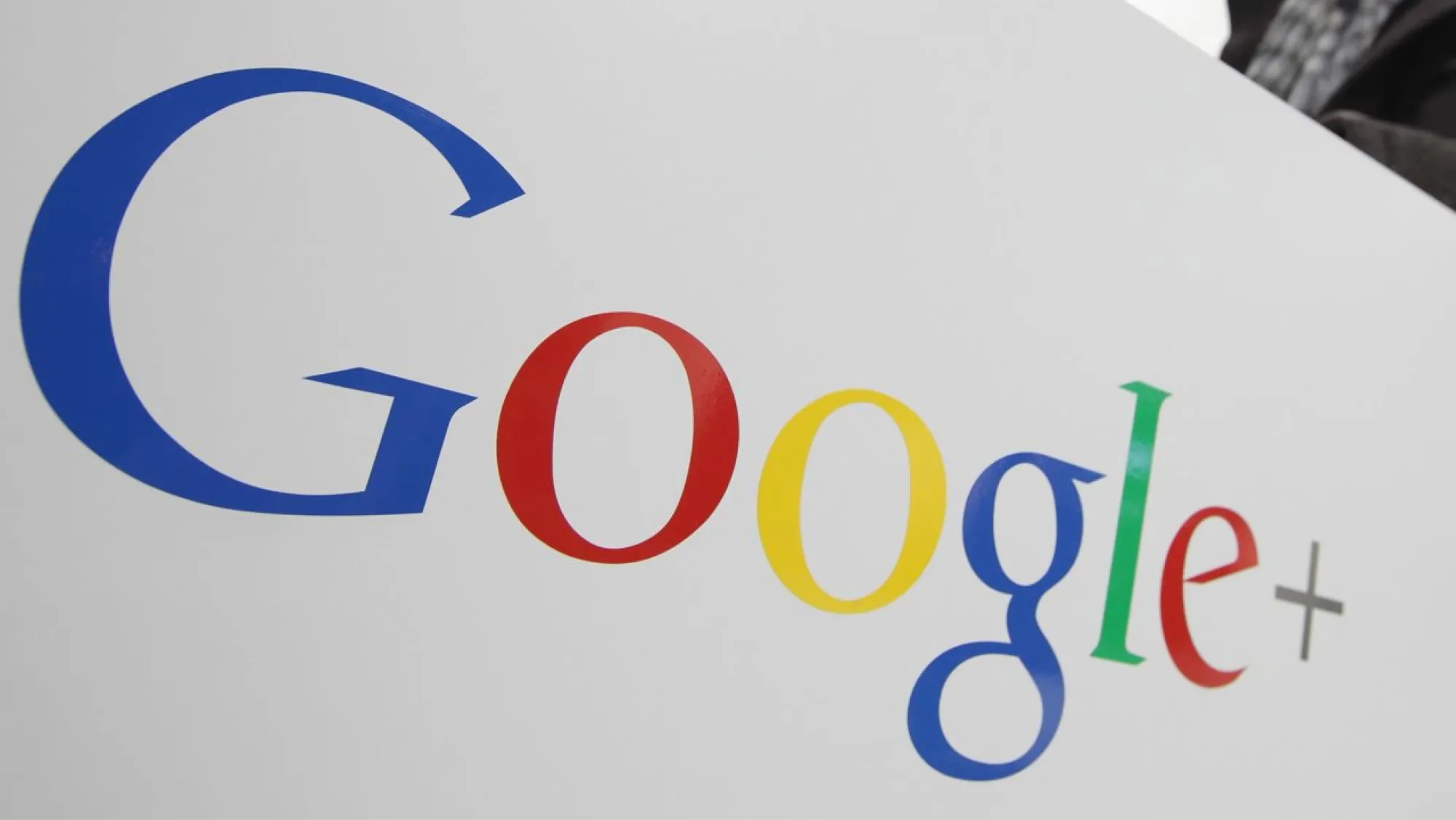I feel that over the decade or so, themes of Marvel or DC superhero movies have been pretty different.
In the latest Batman movie franchises, the story focuses on the more humanly real and vulnerable side of Bruce Wayne and his trauma of losing his parents when he was young.
The Marvel Universe is no exception. Avengers: End Game presents both Iron Man and Captain America with moral decisions to make, and many of the other characters wrestle with personal loss and relationship issues.
How is this new shift taken by the fans? Both were among the highest-grossing movies of all time.
Needless to say, the fans have loved it.
Is it possible for SaaS businesses to reach such heights? I say it is.
Just as the above-mentioned movies tore all box-office records by getting the right connection emotionally, SaaS businesses can be on overdrive through product-led growth.
What is product-led growth?
Product-led growth is a strategy of relying mainly on your product to gain and retain more customers. Instead of traditional marketing and sales, users choose your product based on the value and experience you give. In other words, the quality of your product is your walking advertisements.
For any SaaS product to be successful, it needs to retain user interest. You have to continually update and improve your product, refining with what users want.
But what do users want?
With technology advancing as fast as Barry Allen's alter ego, one has to appeal to supernatural agility, empathy, and foresight as a fitting response to the heightened expectations of users.
Just consider the following:
65% expect businesses to evolve to meet changing needs and tastes
73% expect increased personalization thanks to advances in technology.
76% want businesses to know what they want and expect.
80% of users feel that their experience with a business is as important as its products and services.
Source: Salesforce
The way I see it, if a brand has got to live up to user expectations of today, it has got to be “super-human.” It has got to be human enough to understand users and read their future needs. Yet, it has got to be a superhero in its responses to match the immediacy of their surging expectations.
Cue in AI.
How You Can Use Artificial Intelligence to Boost Product-Led Growth
Much has been spoken about the influence of artificial intelligence on the tech market. To businesses, most apprehensions come from the fact that building and maintenance of AI systems is expensive.
But despite such a huge downside, businesses really do seem to increasingly believe in AI's potential to support and sustain PLG efforts. In fact, 35% of companies said they used AI, while another 42% considered using it in 2022. The SaaS industry is no exception. AI is believed to play a huge role in its projected $344 billion growth by 2027.
But how, precisely can you use AI to your advantage?
Here are some of the ways artificial intelligence can empower you to thrive in what I can only describe as hyper, superb, and intensely intense user demand and market competition:
1. Use AI to respond to users’ demands for hyper-personalization
I did a little experiment and asked ChatGPT:

It’s interesting how a confessed emotionless tool can help businesses deliver one of the modern consumers' greatest expectations: hyper-personalized experiences.
Research says 91% of customers are more likely to patronize businesses whose recommendations speak of this message: "I remember and know what you want." (in a breezy and not creepy way).
Because AI can sort out large-scale data, it becomes easy to anticipate possible movements by your users. AI is going to help the product development team draft a more appropriate response that meets the personal preferences of your users—even before they know what they are.
Netflix is doing that and with a huge payoff: about 80% of the content streamed by its subscribers is from its recommendation system, earning it $1 billion in customer retention.

My takeaway is that people want to be intimate with brands. While AI is not capable of actually feeling emotions, it lets developers push the needle further to cater to one of the rawest and most universal human needs: wanting to be seen and known.
2. Use AI to know what users are trying to tell you
Once upon a time, Google spent 585 million dollars on Google+, a social networking site intended to "tear Facebook down." But 8 years after launching, Google pulled the plug on it.
Why?
It was hard for the users to find any gripping reason to switch to it. Google also failed to listen to the users who expressed frustration with the platform's messy interface. Worse, many didn't like how it required users to sign up for Google+ to use other Google-owned platforms.
Google learned in a very expensive way that users are the true bosses.

With the power of AI, you will be betting where the odds are in your favor. Think of AI as the Time Stone that gives your development team Dr. Strange-like powers to foresee potential outcomes. The technology uses predictive analytics to scour, recognize, and analyze patterns in users’ digital footprints on various online platforms, such as:
- Previous buys and transactions done online
- Past needs per their past interaction with bots
- Realtime user sentiments as shared in social media, rating and review sites, and other networks
Having this information provides you with the ability to innovate based on what users want. You don't invest time, money, and other resources in something that may be kryptonite to your company.
3. Use AI to give your customer support team superhero-like speed and agility
Years ago, I used to work as a support agent for a major telco company using chat. I had been trained to handle up to three chats at once, but it did not take long for me to know that such divided attention normally leads to conversations mixed up and details missed, thus, dissatisfying customers.
How users feel about their experiences with your customer support has a direct impact on your ability to win and retain their business. One negative experience can result in churn, so speed, efficiency, and personalization in service are more crucial now than ever.
This isn't a feeling. The data speaks for itself:
- 90% of customers find a quick response from customer support to their question, important or very important. (Hubspot)
- 50% will leave the chat if there is no response within one minute; 84% after two minutes. (Edgetier)
Unlike human agents, AI chatbots can answer several common queries tirelessly. They are always ready, always on, and reply right away. Integrating these technologies into your website or mobile app frees up bandwidth for your human customer support agents, who can then give more attention to concerns that are far more complicated.
Just like how J.A.R.V.I.S., Tony Stark’s all-around AI assistant makes everything easier for him—from running his Iron Man suit to managing his daily tasks and schedules—AI chatbot can boost your customer support team’s productivity and efficiency to create better user experience and keep them engaged.
It all boils down to user experience.
In some ways, the CGI journey with movies was no different than the adoption of AI in businesses today. When CGI finally hit the big screen, some went 'wow' over special effects, while for others, storylines fell flat.
It's the same with AI. No matter how advanced the tech, it's ultimately about the experience. You cannot just rely on AI to drive success without real value or a solution to real problems that your product or service can actually give them.
If you want AI to support your PLG efforts, use it to save the day for your users. Make sure it's in service of a valuable and meaningful user experience.
Like with superpowers—when innovation meets purpose, the impact is remarkable.

Jane Eslabra has 14+ years of experience producing content across traditional and digital platforms. She channels her passion for fostering startup growth through sharing actionable, insightful content.

















